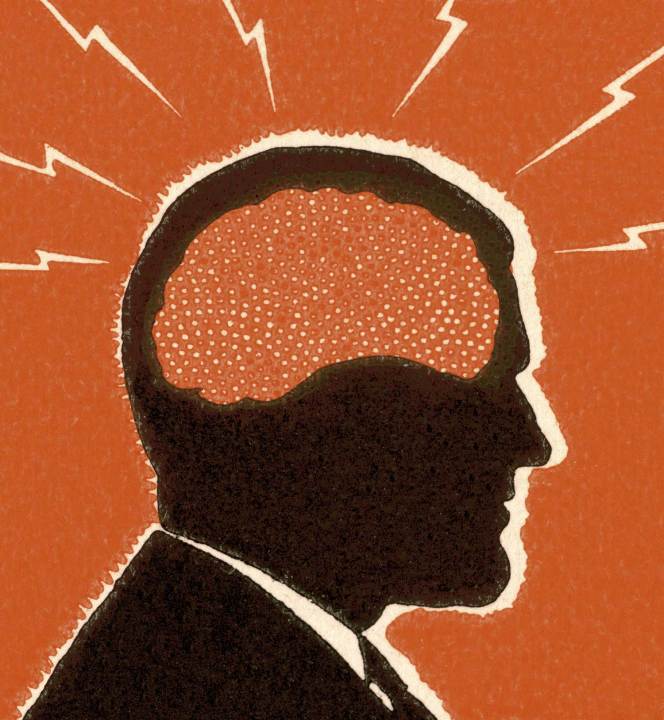
Ask any estate agent: most potential house buyers arrive with a detailed list of criteria for their new home, only to end up buying a property which meets almost none of them. The same is true of dating – few of us are married to people chosen on the basis of an initial checklist. Henry VIII tried this approach and it didn’t turn out well.
You could dismiss this as mere whimsicality. However, the seeming messiness of such decision-making – the fact we refine our preferences in response to what we find available – is what makes consumer capitalism much more innovative than the faux-rational capitalism practised by large organisations. By demanding a problem be defined precisely and inflexibly before you are allowed to solve it, you close the door to more creative solutions. In reality, few breakthroughs emerge as the endpoint of a linear process. Our right-brained messiness in decision-making is an evolved virtue, not an inherited vice.
In advertising, B2C (business to consumer) is what you do when you advertise to an individual consumer – typically a person who will be paying for and using the product or service themselves (think shampoo). B2B (business to business) is when a business sells goods to other businesses. The general assumption is B2C is designed to appeal to the emotions whereas B2B exists to make a rational appeal to the business buyer’s inner accountant.
This is not true. Both kinds of decision are emotional – all decisions are. But the emotions are wildly different. Put simply, a consumer buying a new car is trying to minimise the risk of personal regret, whereas a bureaucrat choosing a supplier is trying to minimise the risk of personal blame. ‘No one ever got fired for buying IBM.’
Often the former mindset is more intelligent than the latter. The consumer mindset is focused on the outcome and on possibilities. The bureaucratic mindset is more concerned with defending its reasoning than on solving a problem; it hence prizes procedural neatness over end results, preferring small, measurable cost-savings over effectiveness. In a bureaucracy, the blame-averse box-ticker cares only for his own area of responsibility, not the system as a whole. Quantification bias rules. And the self-serving need to justify every procurement decision through like-for-like comparison-metrics prevents innovative suppliers being even considered.
Finance and procurement departments stop you buying anything interesting, HR departments stop you hiring anyone interesting
Most innovations do not submit to easy comparison. An example: the iPhone would never have been adopted if its only market were businesses. The first iPhone paid for its loveliness with appalling battery life – it barely survived to lunchtime. Consumers were willing to accept this trade-off by finding work-arounds – carrying chargers into work. Yet there is no chance that the first iPhone would have met the battery-life requirements of a corporate purchasing department. They would have renewed their contract with Nokia or BlackBerry, confident in their self-justificatory numbers – battery life can be reduced to a number; ease of use cannot.
Interestingly most entrepreneurs are distinguished by decision-making styles that avoid this faux-rational folly. They know anything new or interesting defies easy categorisation. But the bureaucratic urge to codify everything for purposes of blame-avoidance wins out. It leads to a world where finance and procurement departments stop you buying anything interesting, HR departments stop you hiring anyone interesting and compliance departments stop you trying anything interesting.
The political right dreamed of a public sector that looked more like the private sector. Spreadsheet-led decision-making has given us the complete opposite – a private sector which thinks and acts like a bureaucracy.









Comments